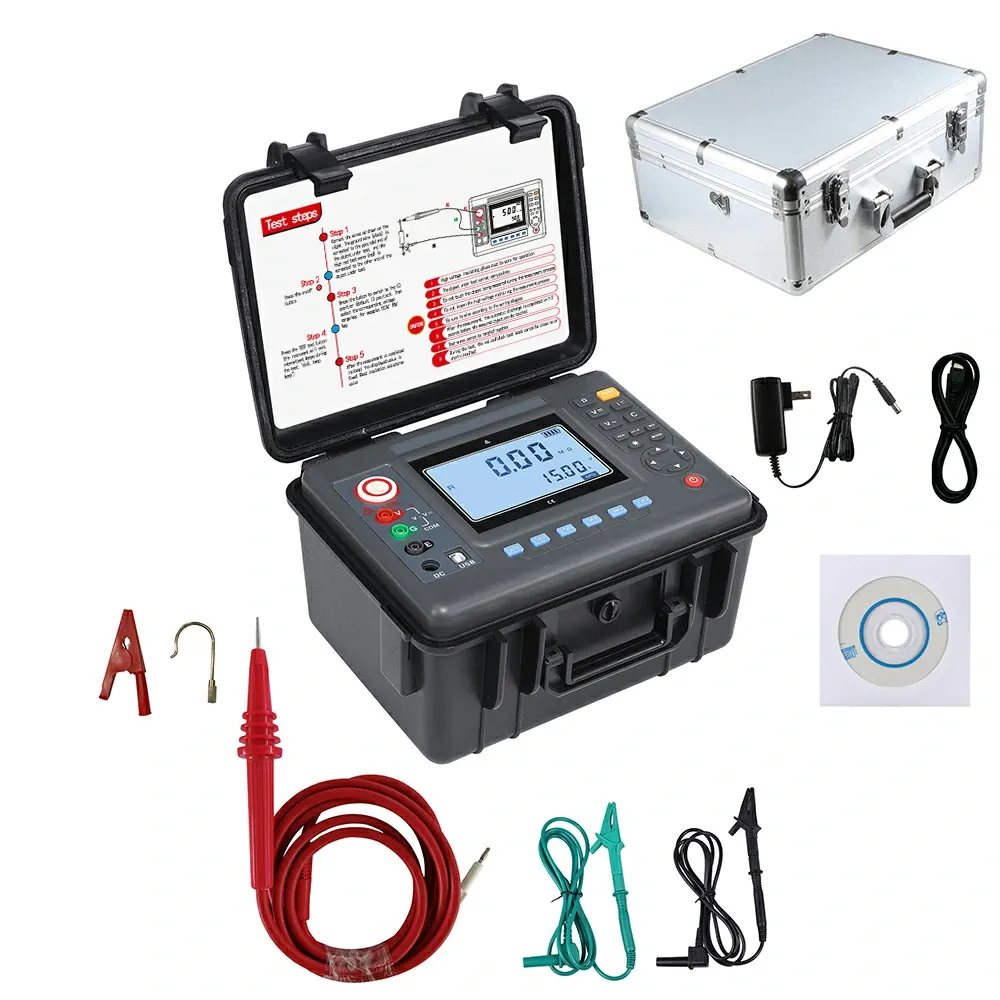TEL:
+86-0312-3189593
 English
English

Telephone:0312-3189593

Email:sales@oil-tester.com

-
 Afrikaans
Afrikaans -
 Albanian
Albanian -
 Amharic
Amharic -
 Arabic
Arabic -
 Armenian
Armenian -
 Azerbaijani
Azerbaijani -
 Basque
Basque -
 Belarusian
Belarusian -
 Bengali
Bengali -
 Bosnian
Bosnian -
 Bulgarian
Bulgarian -
 Catalan
Catalan -
 Cebuano
Cebuano -
 China
China -
 China (Taiwan)
China (Taiwan) -
 Corsican
Corsican -
 Croatian
Croatian -
 Czech
Czech -
 Danish
Danish -
 Dutch
Dutch -
 English
English -
 Esperanto
Esperanto -
 Estonian
Estonian -
 Finnish
Finnish -
 French
French -
 Frisian
Frisian -
 Galician
Galician -
 Georgian
Georgian -
 German
German -
 Greek
Greek -
 Gujarati
Gujarati -
 Haitian Creole
Haitian Creole -
 hausa
hausa -
 hawaiian
hawaiian -
 Hebrew
Hebrew -
 Hindi
Hindi -
 Miao
Miao -
 Hungarian
Hungarian -
 Icelandic
Icelandic -
 igbo
igbo -
 Indonesian
Indonesian -
 irish
irish -
 Italian
Italian -
 Japanese
Japanese -
 Javanese
Javanese -
 Kannada
Kannada -
 kazakh
kazakh -
 Khmer
Khmer -
 Rwandese
Rwandese -
 Korean
Korean -
 Kurdish
Kurdish -
 Kyrgyz
Kyrgyz -
 Lao
Lao -
 Latin
Latin -
 Latvian
Latvian -
 Lithuanian
Lithuanian -
 Luxembourgish
Luxembourgish -
 Macedonian
Macedonian -
 Malgashi
Malgashi -
 Malay
Malay -
 Malayalam
Malayalam -
 Maltese
Maltese -
 Maori
Maori -
 Marathi
Marathi -
 Mongolian
Mongolian -
 Myanmar
Myanmar -
 Nepali
Nepali -
 Norwegian
Norwegian -
 Norwegian
Norwegian -
 Occitan
Occitan -
 Pashto
Pashto -
 Persian
Persian -
 Polish
Polish -
 Portuguese
Portuguese -
 Punjabi
Punjabi -
 Romanian
Romanian -
 Russian
Russian -
 Samoan
Samoan -
 Scottish Gaelic
Scottish Gaelic -
 Serbian
Serbian -
 Sesotho
Sesotho -
 Shona
Shona -
 Sindhi
Sindhi -
 Sinhala
Sinhala -
 Slovak
Slovak -
 Slovenian
Slovenian -
 Somali
Somali -
 Spanish
Spanish -
 Sundanese
Sundanese -
 Swahili
Swahili -
 Swedish
Swedish -
 Tagalog
Tagalog -
 Tajik
Tajik -
 Tamil
Tamil -
 Tatar
Tatar -
 Telugu
Telugu -
 Thai
Thai -
 Turkish
Turkish -
 Turkmen
Turkmen -
 Ukrainian
Ukrainian -
 Urdu
Urdu -
 Uighur
Uighur -
 Uzbek
Uzbek -
 Vietnamese
Vietnamese -
 Welsh
Welsh -
 Bantu
Bantu -
 Yiddish
Yiddish -
 Yoruba
Yoruba -
 Zulu
Zulu
Feb . 04, 2025 01:09
Back to list
dielectric strength test of insulating oil
Understanding the Importance and Procedure of Dielectric Strength Testing for Insulating Oil
Authoritativeness in this field comes with understanding the standards governing the test, such as ASTM D877, IEC 60156, and others. Compliance with these standards is not only a mark of due diligence but also enhances the credibility and trustworthiness of the results. Laboratory technicians, engineers, and maintenance personnel must adhere strictly to these standards to ensure the reliability of their assessments. The trustworthiness of dielectric strength testing is reinforced by the meticulous nature of the process and adherence to verified standards. Results from these tests guide essential decisions in maintaining and improving the safety of electrical infrastructure. Regular testing and maintenance play a pivotal role in minimizing risks and enhancing the operational efficiency of transformers and related apparatuses. For those in the business of manufacturing or distributing insulating oils, emphasizing the high dielectric strength of their product is crucial. By providing evidence of rigorous dielectric testing and quality assurance practices, manufacturers can reassure clients of their products’ reliability, which directly impacts the longevity and safety of electrical systems. In practical terms, introducing preventive measures such as moisture control, regular oil filtration, and adherence to optimal storage conditions can significantly boost the dielectric strength of insulating oils. Constant innovations and newer formulations are continually being developed to enhance the performance, offering advanced solutions to age-old challenges in power distribution sectors. Understanding the complexities of dielectric strength testing is indispensable for industry professionals and enhances the overall safety and efficiency of electrical systems. Therefore, continuous education, adherence to international standards, and implementation of best practices in testing are crucial for maintaining product integrity and ensuring continuous, safe operation of electrical networks.


Authoritativeness in this field comes with understanding the standards governing the test, such as ASTM D877, IEC 60156, and others. Compliance with these standards is not only a mark of due diligence but also enhances the credibility and trustworthiness of the results. Laboratory technicians, engineers, and maintenance personnel must adhere strictly to these standards to ensure the reliability of their assessments. The trustworthiness of dielectric strength testing is reinforced by the meticulous nature of the process and adherence to verified standards. Results from these tests guide essential decisions in maintaining and improving the safety of electrical infrastructure. Regular testing and maintenance play a pivotal role in minimizing risks and enhancing the operational efficiency of transformers and related apparatuses. For those in the business of manufacturing or distributing insulating oils, emphasizing the high dielectric strength of their product is crucial. By providing evidence of rigorous dielectric testing and quality assurance practices, manufacturers can reassure clients of their products’ reliability, which directly impacts the longevity and safety of electrical systems. In practical terms, introducing preventive measures such as moisture control, regular oil filtration, and adherence to optimal storage conditions can significantly boost the dielectric strength of insulating oils. Constant innovations and newer formulations are continually being developed to enhance the performance, offering advanced solutions to age-old challenges in power distribution sectors. Understanding the complexities of dielectric strength testing is indispensable for industry professionals and enhances the overall safety and efficiency of electrical systems. Therefore, continuous education, adherence to international standards, and implementation of best practices in testing are crucial for maintaining product integrity and ensuring continuous, safe operation of electrical networks.
Latest news
-
Testing Equipment Industry Sees Major Advancements in 2025: Smart & Precision Technologies Lead the WayNewsJun.06,2025
-
Applications of Direct Current Generators in Renewable Energy SystemsNewsJun.05,2025
-
Hipot Tester Calibration and Accuracy GuidelinesNewsJun.05,2025
-
Digital Circuit Breaker Analyzer Features and BenefitsNewsJun.05,2025
-
Benefits of Real-Time Power Quality Monitoring Devices for Industrial EfficiencyNewsJun.05,2025
-
Earth Fault Loop Testing in High-Rise Building Electrical SystemsNewsJun.05,2025



